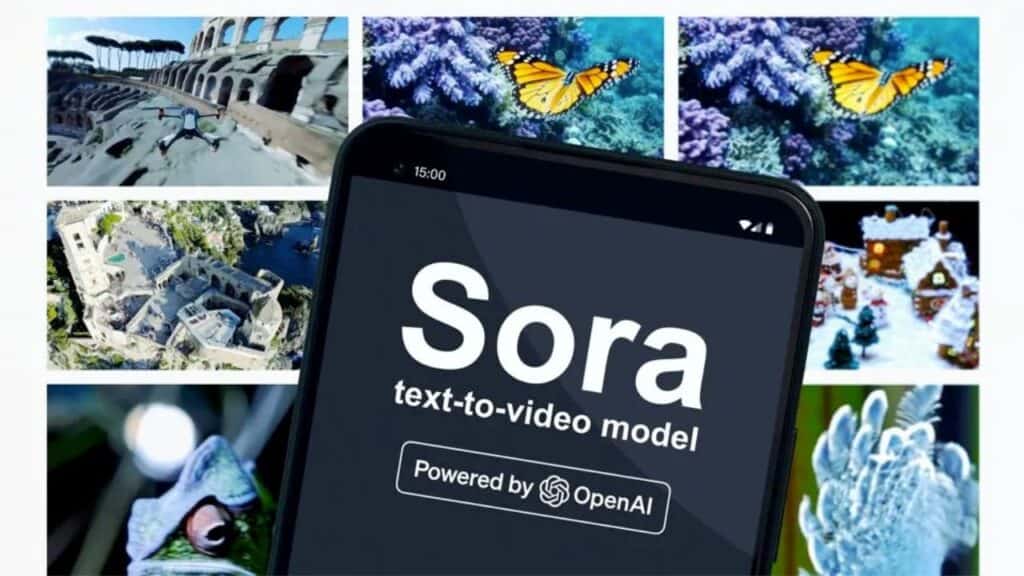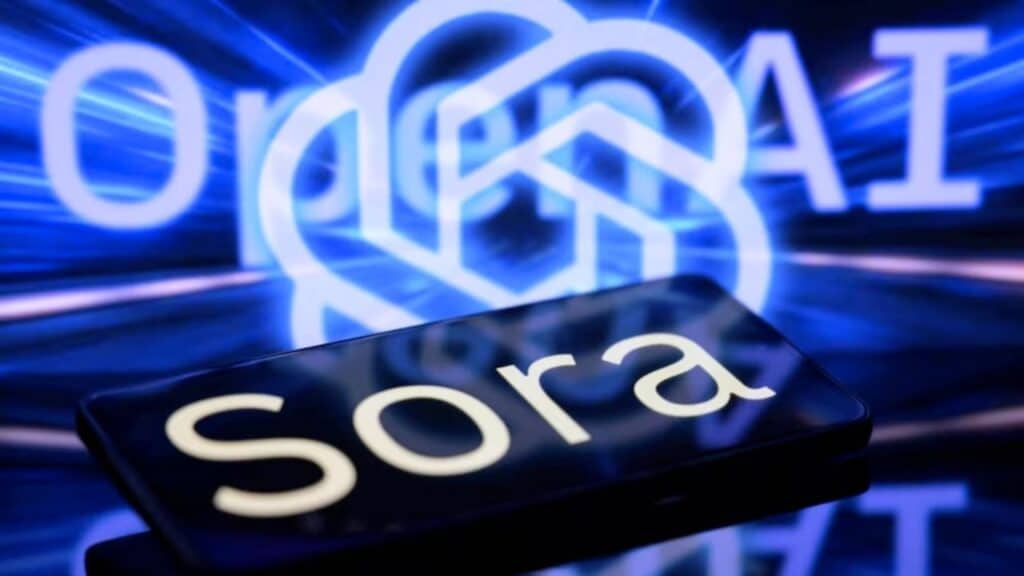We may earn compensation from some listings on this page. Learn More
OpenAI recently launched SORA, an AI model by which you can create videos from text prompts. SORA has the ability to understand and recreate or simulate the physical world in a video format as per the text input given by the user. It has been built as a model that is trained and will help to solve problems by recreating real-world-like situations. The model in turn will help people to understand and analyze different issues before implementing them in real life.
On the other hand, Sora can assist Gamers, Gym trainers, and creative professionals like artists, designers, and filmmakers innovatively as it easily turns one’s imagination into visual content in motion. For example, if there is a historical era in your imagination, you can simply enter the relevant text prompts with details to convert your ideas into a moving clip.

If you’re interested in diving into the details of Sora, keep reading the blog.
Sora is a text-to-video AI model from OpenAI unveiled by the OpenAI CEO Sam Altman. It is capable of creating a video of 60 seconds which is almost identical from the real world.
The model is intelligent enough to understand the user’s input as a text prompt. It mimics the physical world into a virtual reality in motion. Sora is a diffusion model blended with the transformer architecture allowing it to function as a neural network quite similar to that of ChatGPT.
It is designed for different durations, resolutions, and aspect ratios, which enhances its performance significantly.
Sora is mainly based on DALL.E and GPT models combined with the recaptioning technique of DALL.E 3, enabling it to generate vividly descriptive captions for the visual training data. The recaptioning technique allows the model to perceive the user’s instruction much more accurately while generating the video, making it user-friendly.
It is an exemplary model that has the capability to simulate the real world which will be an important milestone for achieving Artificial General Intelligence (AGI).
Sora, the text-to-video model, possesses a wide range of capabilities, including its basic function of converting text prompts into videos. Sora is notable for its extraordinary interpretation of long prompts, up to 135 characters in length.
The model has its lingual depth using which it accurately interprets the prompts and generates captivating characters, expressing relevant and realistic emotions.
This OpenAI model can also take multiple shots in a single generated video that accurately projects the characters with various possible visual styles.
Sora has its options to generate the entire videos in one go or the videos are extended to create longer videos. The model is enabled with the foresight of multiple frames at a time, which determines that a subject remains unchanged even if it’s temporarily out of sight.
Apart from being able to generate videos from text instructions, the model can also generate videos from an existing still image. The model achieves this by accurately animating the contents of the image while paying close attention to accuracy and details.
Sora has its share of limitations as the current model has a few weaknesses. It struggles in terms of accuracy while simulating the components of complex scenes and may not understand the cause-and-effect phenomena of some specific instances. For example, if a child takes a bite of an apple, Sora might not show the bite mark on the apple afterward.
The model sometimes confuses the spatial details of a prompt. For example, it might get confused with directions like left and right. It may also face difficulty coping with vivid descriptions of instances happening over time like following a particular trajectory path of the camera, making it difficult for users at times.
Also Read: What is OpenAI Sora Release Date

Sora is a text-to-video generator and therefore in order to try this model you simply need to provide it with a text command, describing your ideas in detail. Your detailed descriptions will help this OpenAI model interpret and convert into accurate video clips.
Since Sora’s videos can extend up to 1 minute at a time, if you want a longer video, you can add more prompts and sync them up with the frame count.
This model is still in its testing phase, therefore, access is granted to a limited number of people. They include a number of red teamers, visual artists, designers, and filmmakers in order to gain feedback on how to advance the model to be most effective and creative for the professionals. These professionals will also critically determine the areas for harm or risks of this particular model.
Sora is undergoing various safety protocols before being available in OpenAI’s product range. Various steps are taken to ensure its safety. Red teamers-domain experts in various niches like misinformation, hateful content, and bad intentions of the users who might try using it adversarially are trying their best to protect it from being misused.
Detection tools are also being built that can detect misleading content, for example, a detection classifier that can provide details about when a video was created by Sora. Apart from the detection classifier, there is also a text classifier that will filter and reject text prompts that violate the usage policies of the model. These include violence, sexual content, hateful imagery, celebrity likeness, or the IP of others.
There are also developed image classifiers that constantly evaluate the frames of every generated video to ensure its safety policies. The team also plans to include C2PA Metadata in the future and develop new techniques to enhance the existing safety methods before its official launch.
Policymakers, educators, and artists from various arenas are engaged to analyze and identify the concerns and positive utility of this new technology. The team believes that even after lots of research and testing, one cannot predict all the positive ways people will use it or all the negative ways people will abuse it.